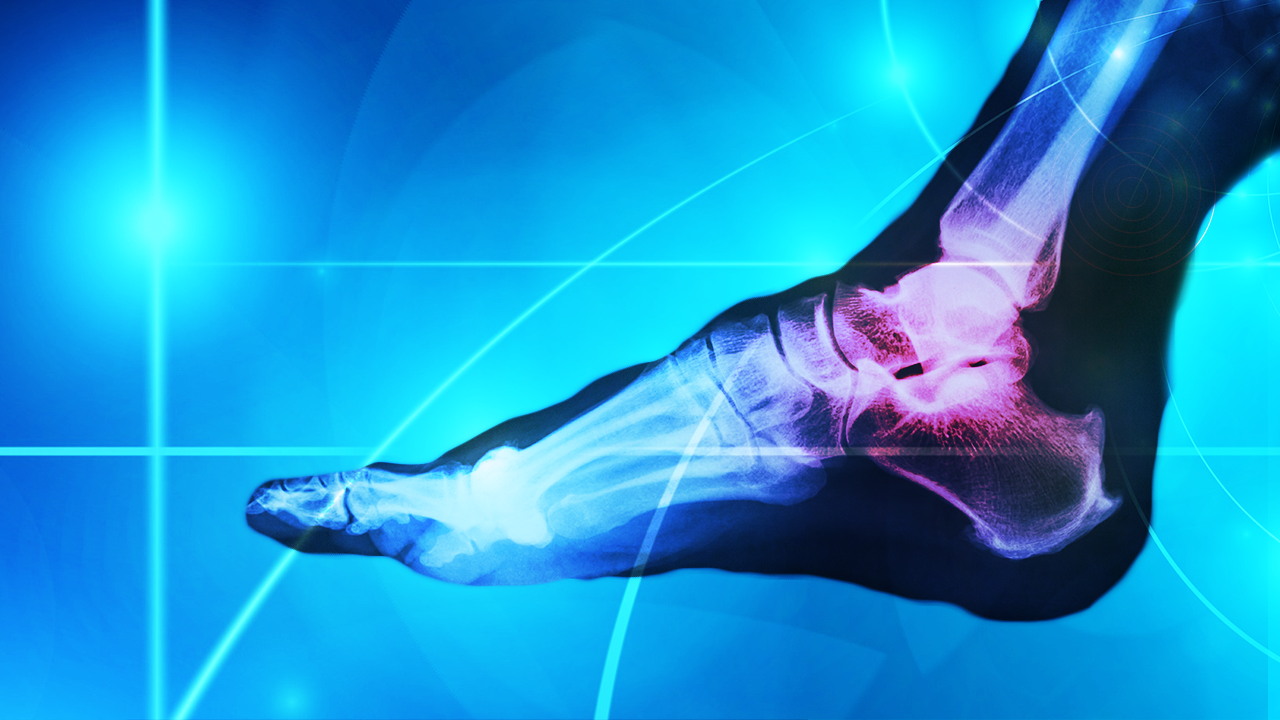NeuEra - Biomechanics of the Lower Limb
NeuEra - Biomechanics of the Lower Limb
Couldn't load pickup availability

NeuEra - Biomechanics of the Lower Limb
This training will develop in-depth knowledge of the biomechanics of the human body in a standing position but especially in dynamics. Indeed, we will study walking and running in all its phases.
This training will also make it possible to name static disorders of the lower limbs and to understand the impact on the statics and dynamics of the human body. A basis to enable certain diagnoses and understand injury mechanisms in daily life or sports practice.
The foundations of the clinical examination will be studied in order to prepare for a 2th more advanced level on clinical examinations with postural tests…
The areas of application are vast, such as injury prevention, performance, rehabilitation and healing support…
Target audience: Massage therapist, acupuncturist, physiotherapist, osteopath, chiropractor, occupational therapist, trainer, physiotherapist, posturologist, podiatrist, optometrist, physical rehabilitation therapist, sports therapist, kinesiologist, etc.
What will you learn?
- General information on posture and balance
- Normal walking: study of walking at all its stages from joint range to muscle contraction. Explanation of the mechanisms of foot movements. Concept of energy consumption during walking.
- Running: study of running, differences with walking. Concept of earth or air.
- Lameness: after seeing the physiological gait, presentation of the most frequent lameness (walking defect) (e.g.: Trendelenburg lameness). Highlighting the impact of certain pathologies on dynamics.
- Static disorders of the lower limbs: study, incidence and diagnosis of static disorders and torsion disorders of the lower limbs (hallux valgus, genu valgum, genu recurvatum, coxa vara, flat feet, tibial torsion, etc.)
- Clinical examination, postural tests: progress of the interrogation, based on the load and discharge examination in order to show the pathologies present, the consequences of this in dynamics. The goal is to think about the best course of action and treatment plan for the patient.
- Analysis with stabilometric platform
- Shoe study: Why? The footwear can be the cause of certain pathologies but the wear of these can also teach us a lot about the patient's way of walking and therefore certain deviations of the lower limbs (for example: calcaneal valgus, sagging arches of the feet, etc.) .
Former
Létitia Guéry

Podiatrist, Sports Podiatrist and Neurotherapist
AUEC (university certificate) Mental preparation and Motor and Mental Preferences
Motor preferences level 1,2 and 3
Manual Therapy lower limbs
University Diploma Sports Podiatry
K-taping therapist
Nocturnal restraints and strapping training
Therapeutic education training


